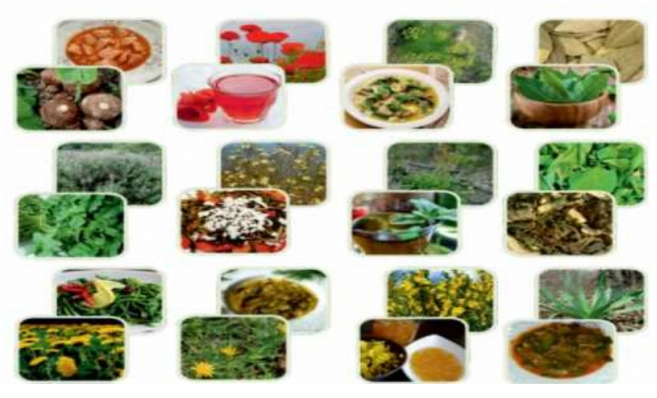JOURNAL 3030
Records of Agricultural and Food Chemistry
Year: 2024 Issue: 3 Special Issue: Abstracts 3rd. TCS, International Food Chemistry Congress February 29-March 03,2024 Antalya Türkiye
p.15 - 15
Viewed 755 times.
GRAPHICAL ABSTRACT

ABSTRACT
Herbs are of great importance in human nutrition. Especially in these days when the prices of vegetables and fruits increase abnormally, and the widespread use of the organic nutrition trend has increased the importance of natural herbs. Today, as a result of modern agriculture in vegetable and fruit growing, wild plant and herb species that grow spontaneously in nature are in danger of extinction. In the first year of the research, information about the local names of the herbs (weeds and wild herbs) consumed as food and how these plants are used were obtained from the Technical staff working in the Kahramanmaras provincial and district Agriculture and Forestry Directorate and the district people by interviewing 30 people from each district by oral survey method. In order to collect data within the scope of the study, local markets and herbalists were visited, especially in the districts where people living in rural areas market the plants they collected from nature. For these reasons, the leaf fruits of grass species, shrub and tree species consumed as food in Kahramanmaras province were analyzed in the laboratories of Karhamanmaras Sütcü Imam University, University-Industry-Public Cooperation Development Application and Research Center (USKİM). The nutritional contents of the identified plants were found to be important for human nutrition. Weed species commonly used as food in Kahramanmaras province are Foxtail lilly (Eremurus spectabilis M. Bieb.), Little hogweed (Portulaca oleracea L.), Cuckoopint (Arum maculatum L.), Rhubarb-currant (Rheum ribes L.), Dwarf Mallow (Malva neglecta Wallr.), Stinging nettle (Urtica dioica L., U. urens L.), Wild mustard (Sinapis arvensis L.), Red beetroot (Beta vulgaris L.), Thyme (Thymus sipyleus Boiss.), Baconweed (Chenopodium album L.), Sweet basil (Ocimum basilicum L.) [1]. In addition, there are some species of trees in Kahramanmaras province that are used for food. Mulberry molasses is made from Syrian juniper (Juniperus drupacea Lab.) and from White mulberry (Morus alba L.), spices from Sicilian sumac (Rhus coriaria L.), and Terebinth (Pistacia terebinthus subsp. palaestina (Boiss.) Eng.) is widely used in the spice and coffee industry [2]. The chemical components of these plants have been identified separately.
KEYWORDS- Kahramanmaras
- herb
- weed
- food
- chemical component